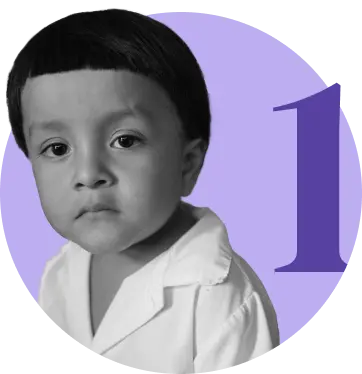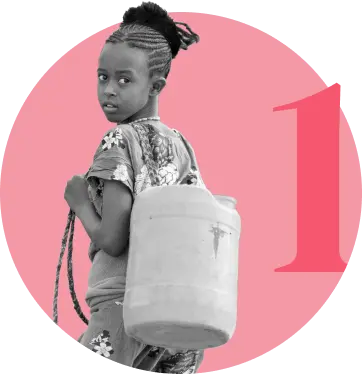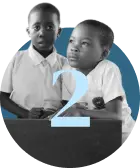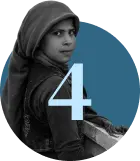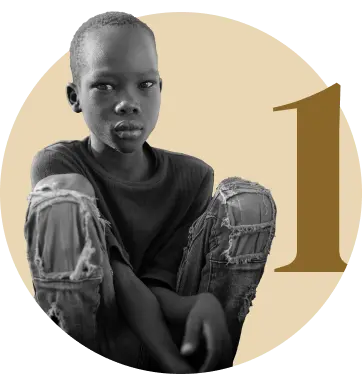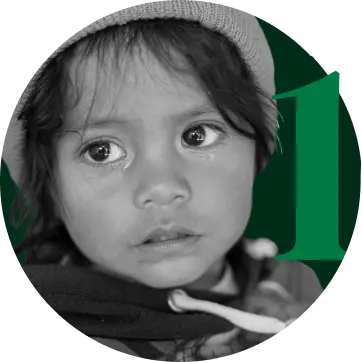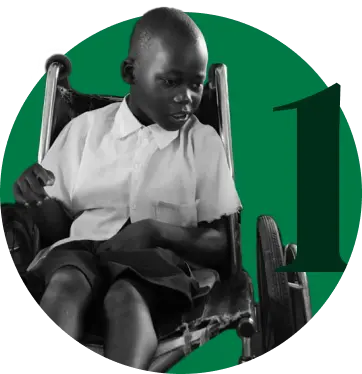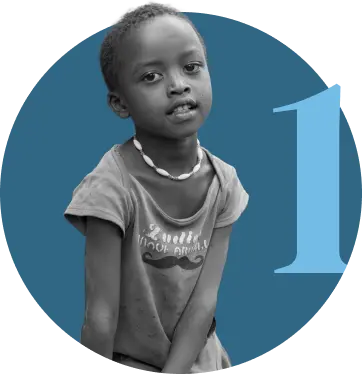ChildFund Alliance World Index
As a child, what did you want to ask adults in your life?

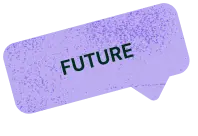





We have asked
10,000 children




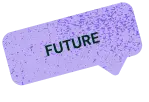
across
41 countries!
They all have dreams and aspirations

The future is shaped by the actions we take today
To ensure children reach their full potential and experience true well-being and happiness, it is imperative that their rights are fully protected and upheld.
These are just some of the rights children should be guaranteed:
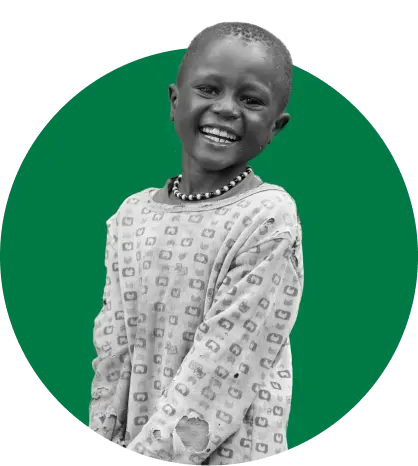
focus
The Right to the Future
A brighter future starts with a brighter present
Yet children often live in contexts where their human rights are not guaranteed: they suffer from poverty, hunger, inequality, armed conflicts, violence, displacement, terrorism, climate change, and the adverse effects of technology.
The violation of their rights makes it difficult to imagine their future: when they cannot exercise their rights, their ability to dream and aspire to a better tomorrow is hampered.
Keep scrolling to find out
Children’s right include the right to be heard and express their views, as stipulated by:
Article 12 of the Convention on the Rights of the Child
However, children continue to face discrimination and the highest barriers to participation in decision-making processes. Young people’s voices are often overlooked, with little say in decisions that affect their future.
focus
Article 12 of the Convention
find out more
Keep scrolling to find out
What children ask of adults
We’re Talking; Are You Listening?
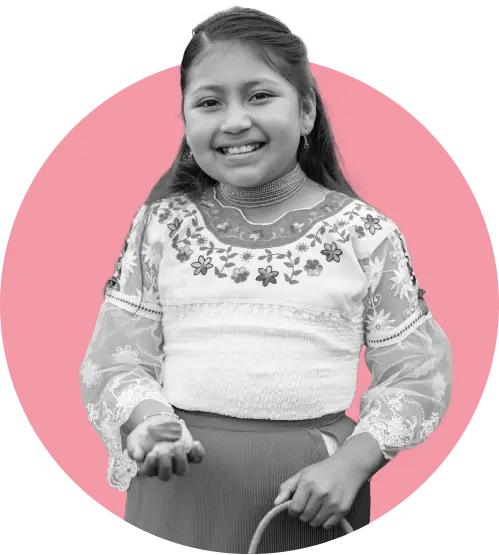
Our recommendations to guarantee the right to the future
Listening to children’s opinions is only the first step. We must take real action that empowers them to shape their future. Including their perspectives in decision-making is essential for building an inclusive society that meets their right to the future.
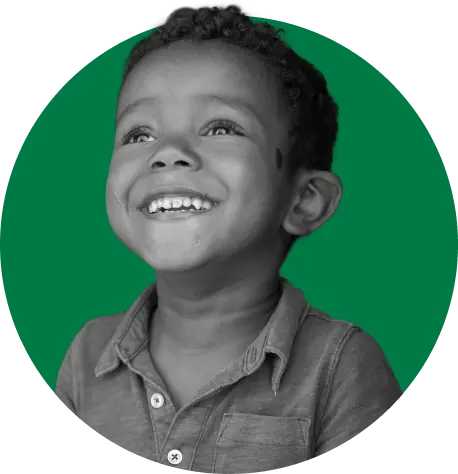
The right to child participation is inextricably linked with our understanding of children’s right to the future because it allows them to actively participate in decisions that impact their lives and the world they will inherit. By ensuring that their opinions are heard and valued, we not only protect their rights, but also promote a sense of agency and responsibility.
This relationship emphasizes children’s critical position as a bridge between the present and the future and as architects of a more fair and sustainable future, as well as the importance of their participation in shaping the laws and practices that will affect their lives.
Based on the global consultation with children about their fears and hopes for the future, ChildFund Alliance has developed recommendations for national governments and the international community to ensure that children’s voices are truly heard and considered.
These include:

focus
ChildFund Alliance
find out more
What is the ChildFund Alliance World Index?
The ChildFund Alliance World Index is a collaborative product of the members of ChildFund Alliance, a network of 11 child-focused humanitarian and development agencies committed to helping children and their families overcome poverty and the fundamental conditions that prevent children from reaching their full potential.
It is a synthetic index comprising 30 indicators relevant to evaluating the implementation of women’s and children’s rights globally. It provides a comprehensive global ranking of 157 countries, sorted in descending order, based on the level of implementation of their rights.
The original methodology, first developed by WeWorld and introduced in the WeWorld Index 2015, was perfected in the WeWorld Index 2022. Such methodology allows for further processing: the overall Index is the result of the aggregation of the three sub-indexes (Context, Children, and Women), which in turn comprise 5 dimensions each, for a total of 15 dimensions. Each dimension comprises 2 indicators, for a total of 30.
Such methodology allows us to obtain 4 global rankings (Overall Index, Context Sub-Index, Children’s Sub-Index and Women’s Sub-Index), elaborations by geographic areas, and rankings for the 15 dimensions and individual country profiles.
focus
ChildFund Alliance
find out more
What is the Right to The Future?
Our understanding of the “right to the future” acts as an interpretative framework. It could be defined as the inherent entitlement of individuals and communities – present and future – and especially of children and youth, to live in and contribute to a world that ensures sustainable and equitable opportunities for growth, well-being, and development. This concept invites us to consider the complex and intersecting challenges that young generations face. Addressing the right to the future therefore requires thinking in terms of legacy and establishing a new social pact.
We researched international literature and law on development policy, human rights, and children’s rights, from which we identified five key elements to develop our understanding of the right to the future.
These five pillars are:
1) sustainable development;
2) intergenerational justice;
3) capabilities;
4) capacity to aspire; and
5) child participation.
Do you want to know more about the ChildFund Alliance World Index?
Read the reportCurious about the current state of human rights implementation across the globe?
Explore our dashboard

In 2017, ChildFund Alliance joined forces with the other five largest child-focused agencies: Plan International, Save the Children International, SOS Children’s Villages International, Terre des Hommes International Federation, and World Vision International. In May 2024, Joining Forces officially launched a global Call to Action on children’s participation. We are advocating for children to have a seat at the table, actively and meaningfully participating in all matters and decisions affecting their lives as rights holders.
focus
Joining Forces
more information
focus
The Right to the Future
For us, talking about the “right to the future” isn’t just about recognizing an official right. Instead, it’s about encouraging new ways of thinking.
It means looking at the present and future in a fresh way, empowering children and young people so they can actively shape the future based on their needs and aspirations.


